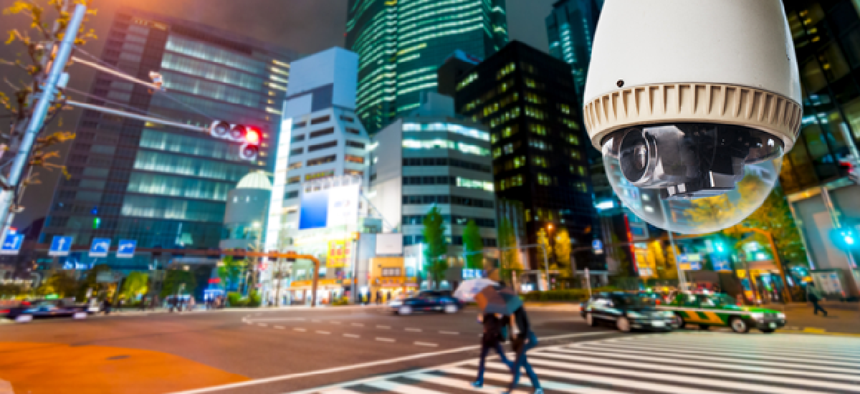Connecting state and local government leaders
An irresistible price tag on a security camera can come with hidden costs -- some of which could impact the security of your government facility.
There has been a noticeable increase in the number of mass-produced, low-cost cameras available in the security industry. Low prices can be hard to resist, especially considering the tight budgets faced by government agencies. But an irresistible price tag on a security camera can come with hidden costs -- some of which could impact the security of your government facility.
Low-cost cameras are an off-the-shelf, commodity-type product; their extremely aggressive prices are generally created by reduced-quality components, minimized features, and less research and development than you would find in other cameras. These necessary concessions to create the attractive price point introduce several potential problem areas: reliability, durability, performance, security and support. Integrators and government customers should fully consider these “hidden costs” before deciding what to purchase.
Let’s take a closer look at each of these potential problems:
Security
Low-cost cameras can take shortcuts on security, yet high-profile hacking incidents have exposed the importance of firewalls, user authentication and solid standard security practices at a minimum. Don’t get caught installing cameras that can be easily hacked.
You can increase the security of your camera by knowing where the camera is manufactured and where all the components come from. Because codes and programming can easily be written into electronic components, including camera components, it is something an integrator should be able to account for in order to win projects in government markets. The last thing any government agency wants is to be connected to a camera that’s been programmed to record video, audio or sensitive information without your knowledge. Such a device in a government facility could quickly lead to concerns over national security.
It takes time and investment to include open standards, such as ONVIF, in a camera. This has led some companies to avoid open standards completely and suggest they are linked to potential security issues. However, open standards are unquestionably the future of the industry. Responsible manufacturers will invest in the testing and preparation needed to bring products to market that both support standards and are secure.
Reliability
Performance and reliability are paramount in the government market where the camera -- and the system behind it -- must always be operational. An agency’s reputation hinges on whether the camera system is working when there is a critical event. That alone is a steep cost -- not to mention the burden of quickly or repeatedly replacing a low-cost camera. Buying a model that can be trusted and will remain functional for years is actually worth than the replacement cost of a $100 camera that must be swapped out three or four times.
Durability
Look at the ingress protection (IP) ratings for the camera’s housing. For example, IP-66 refers to the housing’s ability to keep out foreign objects, such as dust and water. When you look at manufacturer specifications, you should see the IP-66 rating -- at a minimum. Don’t be afraid to call the manufacturer for the certificate and for references. Any company can say a camera is IP-66, but dunking a camera in a bucket does not constitute IP-66 testing or certification.
Performance
All camera companies will claim to have reliable, durable cameras with high performance. Just because that’s what it says on the website or the box doesn’t mean that is what you are going to get. Run the cameras through their paces, read reviews, talk to actual users and make sure they really do perform (especially, if the cameras are claiming features that seem to be high end).
Speak with a few customers before you make a buying decision. Ask how many cameras they have installed, if they came programmed or with the listed features as promised, how long they have been in operation, what issues they have had (if any), and what their overall experience has been working with the company. If a company has been putting out a sub-par product and is just selling on price, they won’t have a lot of quality customer testimonials. That is a huge red flag.
Support
It may not seem like a big hidden cost now, but if you end up spending hours deciphering a poorly written manual, or on the phone waiting for a solution, you’ll wish you had assessed the component's support more thoroughly. Specifically ask about support-level guarantees, and check with manufacturer’s references about their support experience.
Instead of just reading the price on the sell sheet, do your research -- talk to your peers, read reviews, and put the cameras through rigorous testing. Get the details before making a buying decision and consider the hidden costs of low-cost cameras before determining the right buy for your installation.
A longer version of this article originally appeared in Security Today, a sister site to GCN.



